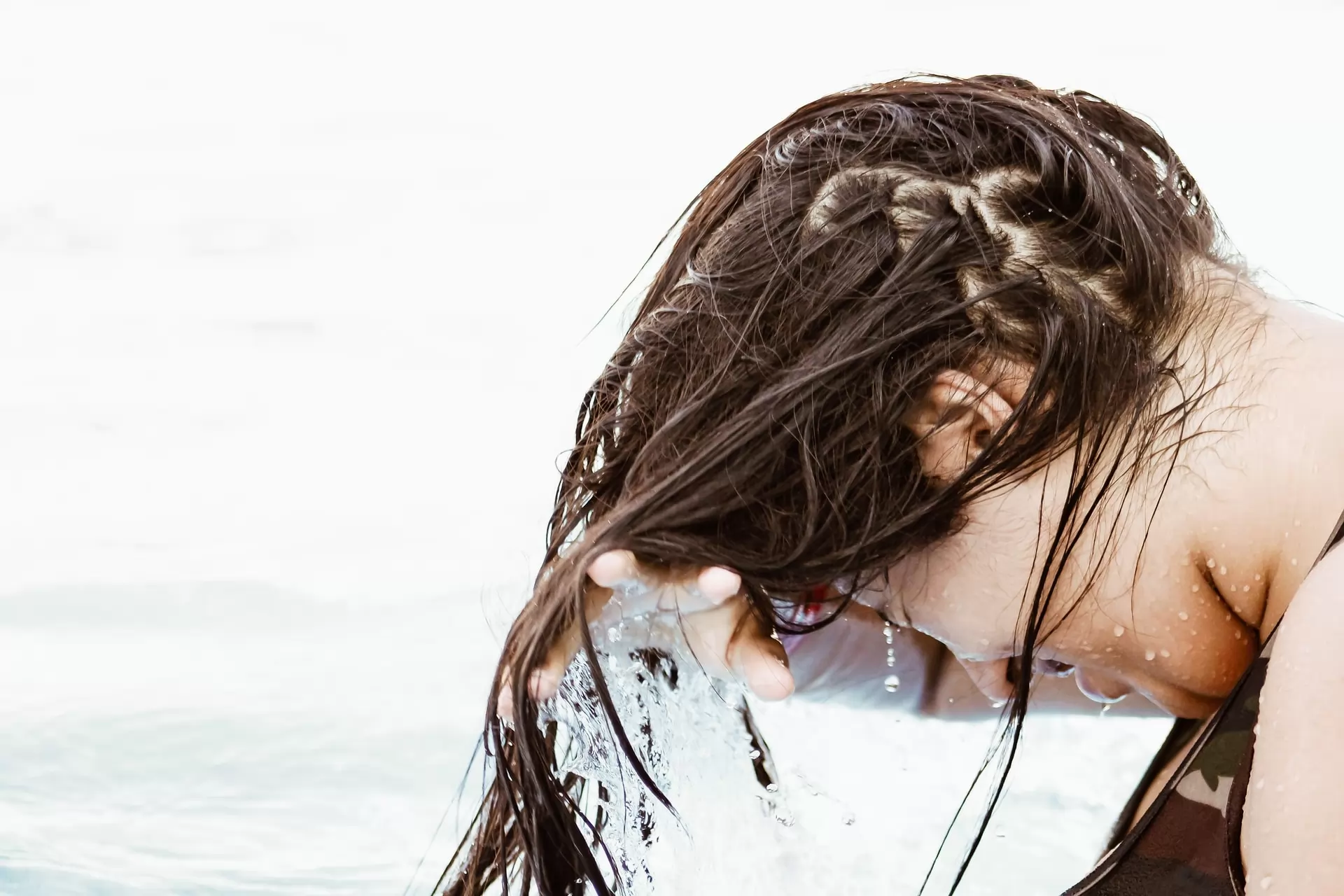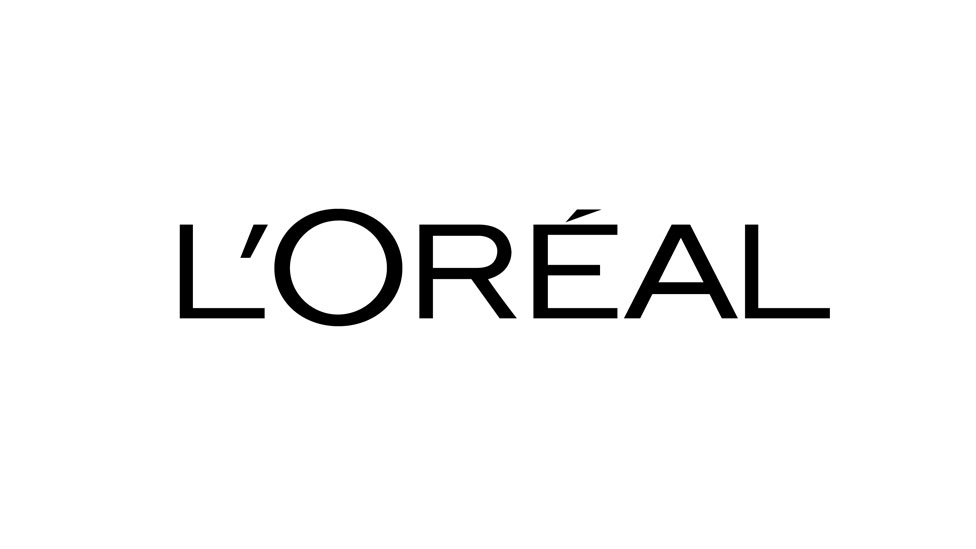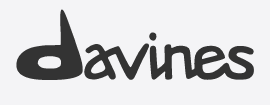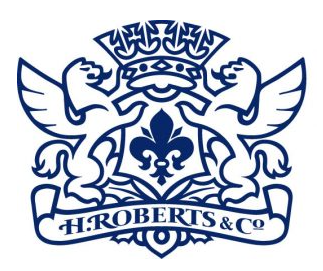Summary
to understand this market
Detailed content
 Inforamtion
Inforamtion
- Number of pages : 30 pages
- Format : Digital and PDF versions
- Last update : 23/05/2022
 Summary and extracts
Summary and extracts
1 Market Overview
1.1 Definition and presentation
Shampoo is a product belonging to the category of hair care, usually in the form of a viscous liquid, used for the purpose of cleaning the hair. Most of the time, this product is prepared by combining a surfactant for washing and emulsifying liquids with water, with a co-surfactant that strengthens the action of the main surfactant.
Based on the type of hair to which they are applied, shampoos are usually classified into numerous categories such as shampoo for dry hair, anti-dandruff shampoo, shampoo for oily hair, for colored hair, etc.
In 2020, the global shampoo market was worth $30.9 billion, and despite the negative impact of the Covid-19 pandemic, the market is expected to reach a value of $39.58 billion by 2028, with an annual growth rate of 3.6 percent. The highest global market share belongs to North America, although the Asia-Pacific region is the market with the highest growth.
The Italian shampoo market was also negatively affected by the pandemic, registering a decrease in the annual growth rate during 2020, although this figure remained positive. Particularly successful in the Italian market appears to be the 2-in-1 shampoo (shampoo and conditioner) which has the highest growth rate while, the highest market share belongs to the standard shampoo segment.
The major players operating in the Italian shampoo market are large multinational groups such as L'Oréal Group, Procter&Gamble, Revlon Inc. but there is also the presence of some Italian companies such as Davines, which are slowly expanding their market share. As far as distribution is concerned, large-scale retail appears to be the distribution channel preferred by consumers over pharmacies and specialty stores.
An emerging trend within the market is represented by an increasing inclination of the Italian population to prefer specific shampoos with increasingly advanced features and, consequently, with a medium-high price range.
1.2 The world market and the European market
Growth and market size
The global shampoo market is expected to reach $**.** billion by ****, with a CAGR of +*.**% projected for ****-****.
Global shampoo market World, ****-*****, in billions Source: ****
A promising segment
Dry shampoos are expected to grow much faster over the same period, with a CAGR of +*.**% to reach $*.* billion ...
1.3 The Italian market is growing
The data presented in the chart below are for ATECO code **.** in the"manufacture of toiletries: perfumes, cosmetics, soaps and the like" sector, which includes the following activities:
manufacture of perfumes and cosmetics: perfumes and toilet waters, beauty and make-up products, anti-sun and tanning preparations, manicure and pedicure preparations, shampoos, hair ...
1.4 Foreign trade: Italy is a shampoo exporting country
The UN Comtrade data below is for HS Code ****** and refers to all shampoos.
The most striking fact from the chart below is Italy exports far more than it imports. In ****, it exported US$***.* million worth of shampoo and €***.* million worth of shampoo in **** for a change of +** percent in five ...
2 Demand analysis
2.1 Shampoos and hair products rank fifth in the frequency of use of personal care products
In the Year **** Report, Cosmetica Italia, National Association of Cosmetic Companies, offers a comprehensive picture of Italians' habits for cosmetic products, then personal care products. From these, the following chart presents the products used regularly by Italians:
Cosmetic products used regularly Italy, ****, in % Source: ****
Hair care products rank fifth among regularly ...
2.1 Men and women: different types of consumption
From the study conducted by Cosmetica Italia, different purchasing characteristics emerge among the Italian population. Men and women have different needs regarding personal care, which is why these two categories will make different uses of cosmetics products. The graphs below present the breakdown, and it can be seen that men accord ...
2.3 Factors influencing demand and best-selling products
A **** study published by YouGov Italy was interested in the factors that influence the Italian customer's choice of a personal care product. Thus, there are several factors that will play an important role in choosing a product from this macro category, of which shampoos are a part. We can see in ...
3 Market structure
3.1 The structure of the Italian market
As in Subpart *.*, the code to which the data refer is the ATECO code **.** for the sector"manufacture of toiletries: perfumes, cosmetics, soaps and the like." The following graphs show the trends in the number of enterprises in the sector and the number of people employed in the sector. Both experience ...
3.2 Italian production
Italian annual shampoo production experienced a gradual decline from **** to **** (***), and then stabilized and returned to the level of ** years earlier in ****, for a total change in ** years of only -*.*%.
Annual Italian shampoo production Italy, ****-****, in millions of euros Source: ****
3.3 Distribution remains dominated by large-scale retail
We see in the graph below that shampoos are bought much more in supermarkets and hypermarkets than in other distribution channels.
In detail, in **** out of ***.* million euros of shampoos sold in Italy, *** million euros were sold in large-scale retail (***). Only **.* million euros were sold in pharmacies and *.* million euros in ...
4 Supply analysis
4.1 Composition of a shampoo and types of products
The composition of shampoos is regulated by the International Nomenclature of Cosmetic Ingredients (***).
Demineralized water is the main ingredient, accounting for **-**% of the composition and acting as a solvent. Washing agents, between ** and **% of the composition, dissolve the fats in the water. Shampoos also contain foaming agents (***) and preservatives. Other ...
4.2 Production costs and selling prices
When investing in a new cosmetics brand-in the shampoo business or otherwise-there are several types of costs to consider. We can analyze them below.
Costs of brand creation and management, which include: the creation or redesign of the logo, the creation of graphics for labels and packaging, the choice of packaging ...
5 Regulations
5.1 Regulation (EC) No. 1223/2009
Regulation (***) ****/**** is based can be summarized as follows:
Harmonization of divergent regulations among member states Definition of key figures and their responsibilities Post-market surveillance system for cosmetics Centralized notification of cosmetics Clear definition of a cosmetic product Increased degree of safety of cosmetics Establishment of a system with positive and negative ...
5.2 The cosmetics label regulation
In Europe, the label of cosmetics must be drawn up in accordance with Article ** of Regulation (***) No. ****/**** of the European Parliament and of the Council and Sindacato Medici Italiani.
The label must be written accurately and correctly to ensure that consumers can make an informed choice, based on an adequate level ...
6 Positioning of actors
6.1 Segmentation of actors
- L'Oréal Groupe
- AGF88 Holding
- Collistar
- Davines
- L'erbolario
- Manetti & Roberts
- Sodalis Group
 List of charts
List of charts
- Turnover of the toiletries manufacturing sector
- External trade of shampoo
- Destinations of shampoo exports
- Origins of shampoo imports
- Number of enterprises in the sector manufacture of toilet products
All our studies are available online in PDF format
Take a look at an example of our research on another market!
Latest news
Companies quoted in this study
This study contains a complete overview of the companies in the market, with the latest figures and news for each company. :
 Choosing this study means :
Choosing this study means :
Access to more than 35 hours of work
Our studies are the result of over 35 hours of research and analysis. Using our studies allows you to devote more time and added value to your projects.
Benefit from 6 years' experience and over 1,500 industry reports already produced
Our expertise enables us to produce comprehensive studies in all sectors, including niche and emerging markets.
Our know-how and methodology enable us to produce reports that offer unique value for money.
Access to several thousand articles and paid-for data
Businesscoot has access to all the paid economic press as well as exclusive databases to carry out its market research (over 30,000 articles and private sources).
To enhance our research, our analysts also use web indicators (semrush, trends, etc.) to identify market trends and company strategies. (Consult our paying sources)
Guaranteed support after your purchase
A team dedicated to after-sales service, to guarantee you a high level of satisfaction. +44 238 097 0676
A digital format designed for our users
Not only do you have access to a PDF, but also to a digital version designed for our customers. This version gives you access to sources, data in Excel format and graphics. The content of the study can therefore be easily retrieved and adapted for your specific needs.
 Our offers :
Our offers :
the shampoo market | Italy
- What are the figures on the size and growth of the market?
- What is driving the growth of the market and its evolution?
- What is the positioning of companies in the value chain?
- Data from several dozen databases
5 reports pack (-15%) IT Italy
- 5 reports at €75.6 excluding VAT per study to choose from our Italian catalogue for 12 months
- Save 15% on additional studies purchased
- Choose to be refunded any unused credit at the end of the 12-month period (duration of the pack)
See the terms and conditions of the pack and the refund of unused credit.






 L'Oréal becomes number one in luxury cosmetics and dethrones Estée Lauder - 11/02/2024
L'Oréal becomes number one in luxury cosmetics and dethrones Estée Lauder - 11/02/2024


















